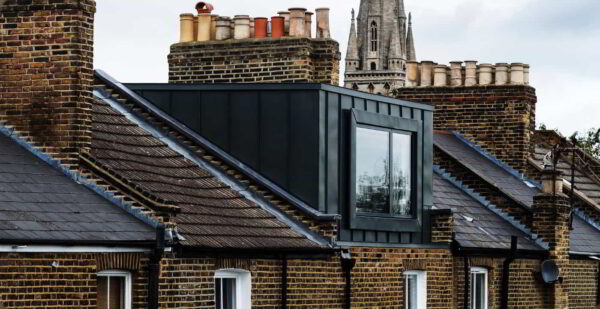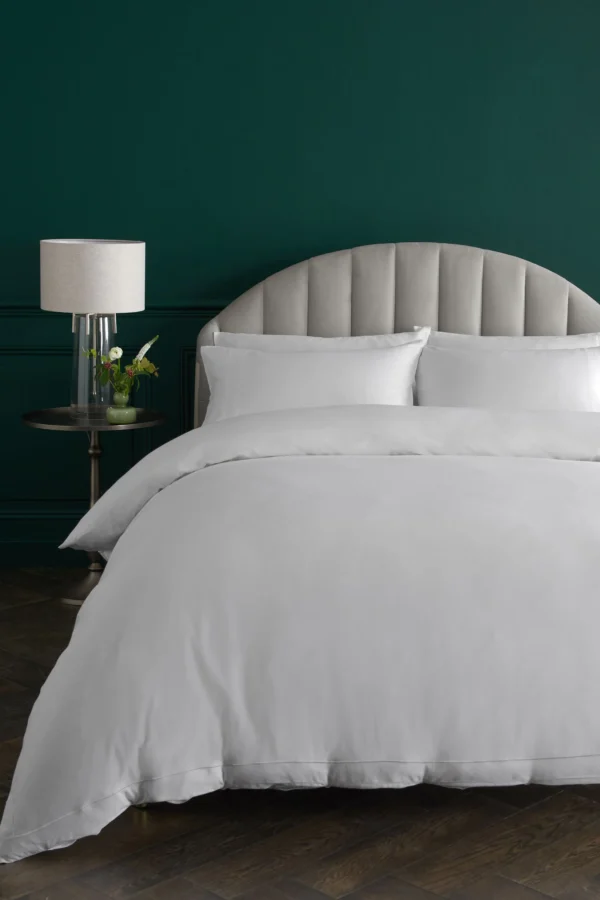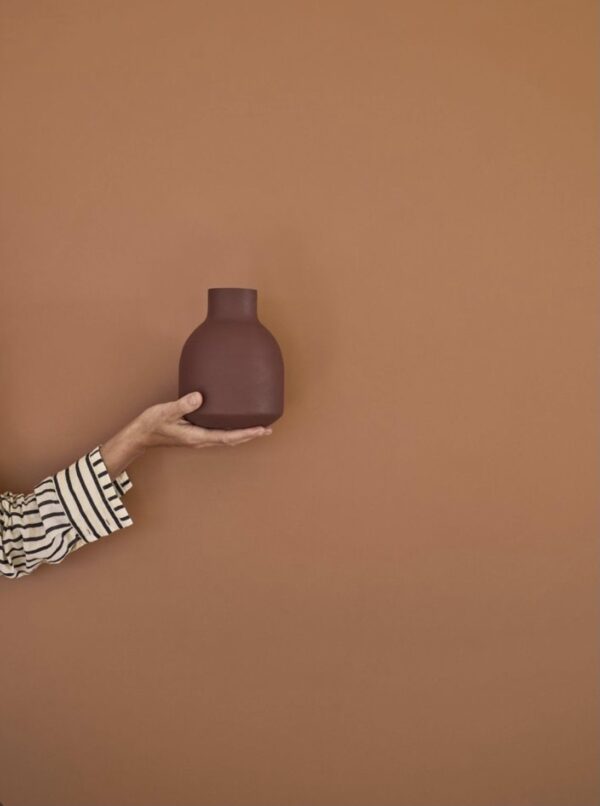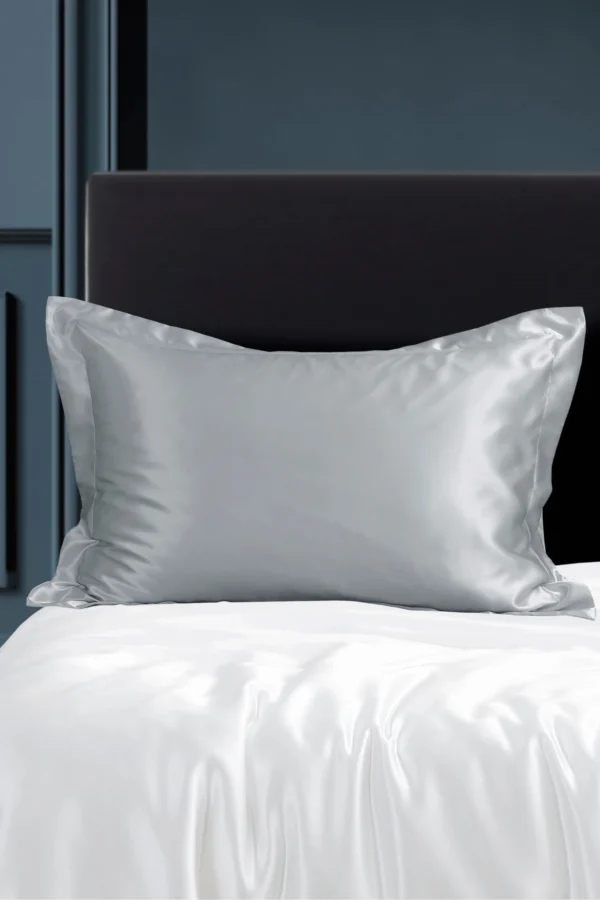
Silk Pillowcases: Experts Reveal the Benefits
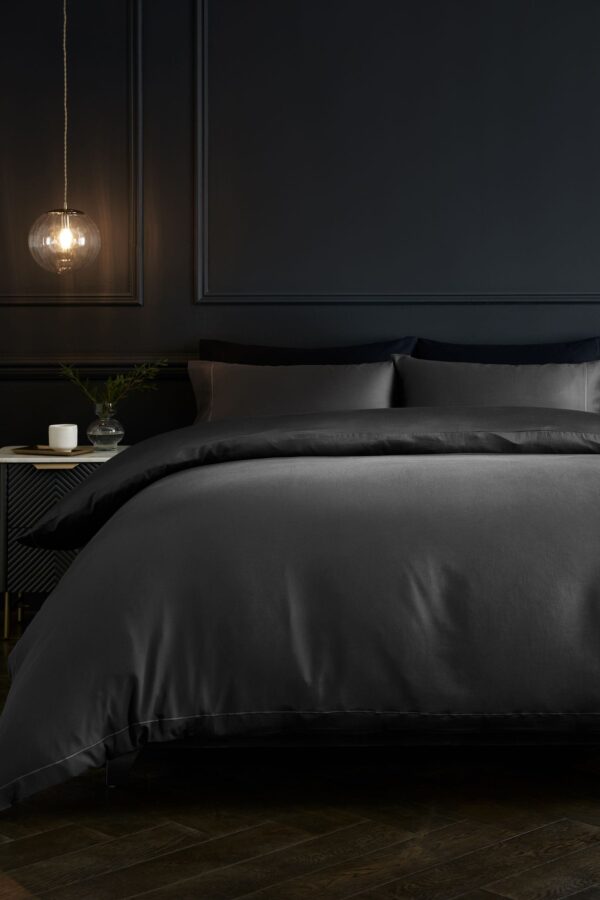
According to Allergy UK, one in four adults in the UK is affected by hay fever, and the number has tripled in the past thirty years.
As sufferers will know, hay fever doesn’t just strike when you’re outside; pollen particles can—and do—make their way indoors, too. So, while it looks like we won’t be getting rid of hay fever anytime soon, we teamed up with the home and interior experts at NEXT and they have produced the ultimate guide on how silk pillows can help hay fever and other ways to pollen-proof your home.
How can silk pillows help hay fever?
“Allergies are extremely common, and for those who suffer, it’s important that we adapt things around the home to squash symptoms. One thing we can do in our homes that can help reduce symptoms of hay fever is change to silk bedding.”
“Silk bedding is often recommended for allergy sufferers due to its hypoallergenic properties and the way it repels common allergens. Real silk fibres are coated with a protein known as fibroin. Fibroin repels dust mites, which are a major source of allergic irritation. Sericin also makes silk resistant to mould, fungus, and bacteria.”
Smooth texture
“Silk bedding is naturally hypoallergenic as the smooth and tightly woven fibres create an unwelcoming environment for dust mites. By using silk bedding, allergy sufferers can reduce their exposure to dust mite droppings, leading to a decrease in allergic reactions.
“Compared to cotton bedding, which may trap allergens in its fibres, silk bedding allows these allergens to simply glide away because of the weave of the fabric. This is beneficial for people with sensitive skin or respiratory conditions as it reduces the chances of irritants coming into contact with your face during the night.
“The structure of silk fabric plays a significant role in preventing allergens from accumulating. The individual silk threads in the fabric create small spaces with limited room for dust and other allergens to settle. This means there are fewer places for these irritants to come into contact with your skin, eyes, or nasal passages, reducing the risk of allergic reactions.”
Temperature
“Silk has natural temperature-regulating properties that help maintain a dry environment. Dust mites thrive in warm and humid conditions, so silk’s ability to wick away moisture can deter their growth. By keeping the bedding environment cool and dry, silk reduces the likelihood of dust mite infestation, ultimately benefiting those prone to dust mite allergies.
“In addition to its hypoallergenic qualities, silk is also gentle on the skin. It is less likely to cause skin irritation or exacerbate existing skin conditions, making it an ideal choice for individuals with sensitive skin or conditions like eczema.
“By maintaining a comfortable sleeping temperature, silk pillows may help reduce the severity of hay fever symptoms and improve overall sleep quality.”
Regular wash bedding
“To maximise the allergy-reducing benefits of silk bedding, it’s important to maintain hygiene. Regularly washing silk sheets, pillowcases, and duvet covers in gentle detergents and following the manufacturer’s care instructions will help keep them clean and free of allergens.”
Other benefits of silk pillows
A cleaner sleep
“While you should still wash your pillow regularly, silk has properties that help it stay cleaner between washes. As silk takes in less moisture than other fabrics, it’s less likely to host dust mites and bacteria from your face and skin.
Silk is naturally hypoallergenic, so its dryness prevents bedroom allergens compared to other fabrics that do retain moisture, such as cotton pillowcases.
Healthier hair
“As silk is naturally smoother than other fabrics, such as cotton, resting your hair on a silk pillowcase reduces the friction of tossing and turning while you sleep.
“This provides many benefits for a healthier head of hair, including:
- Reduced frizz
- Less hair breakage
- Fewer tangles
- Fewer split ends
- Silkier strands”
The home and interior experts at NEXT have also revealed other ways to ways to pollen proofing your home.
1. Invest in silk pillowcases
We spend around a third of our lives sleeping, and if there is one place where pollen is likely to stick around when transferred indoors, it is where we rest our heads at night. Silk, with its natural hypoallergenic properties, is known to be beneficial for those who suffer from seasonal allergies.
For those desperately seeking to ease the symptoms of hay fever during the summer season, Next’s Silk Pillowcase, available in white or silver, retails from £40.

2. Declutter regularly
For those suffering from hay fever, spring cleaning should ideally take place all year round.
Decluttering the home regularly helps to remove items that can create a build-up of dust and dirt, meaning allergens will struggle to stick around with little to attach themselves to. It’s also recommended to dust using a damp cloth, as dry dusting can often cause dust to spread into the air.
3. Bathe pets once a week
As much as we love our furry friends, pets can bring all kinds of dirt into the home, including allergens which can be spread by shedding fur throughout the home. Bathing pets at least once a week can reduce the chance of spreading dust and pollen particles brought in from the outdoors.
Owning a pet also means it is best to vacuum more frequently to clean up any pet hairs that may be shed throughout different rooms in the house. Next’s Bagless Pet Upright Vacuum Cleaner by Tower sells for £90 and contains a HEPA filtration system that works by trapping a larger number of small particles. This means thorough results when cleaning around the home.
4. Avoid flowering houseplants
Houseplants make a great addition to our homes for many reasons. However, there are some houseplants you should be wary of if you want to alleviate those pesky hay fever symptoms. Flowering houseplants such as Orchids, Stephanotis and Spider plants may potentially worsen hay fever symptoms due to their pollen production.
Spreading aquarium gravel over the soil in potted houseplants can also help to contain mould, which contributes to allergy symptoms.
While there are several houseplants to avoid for those who are allergy-prone, there are also houseplants that can help prevent the onset of hay fever symptoms. Peace lilies not only provide an elegant aesthetic in the home, but their purifying qualities result in cleaner air.
For a tranquil touch, Next are selling a Peace Lily plant for £22, housed in a grey crackle glaze ceramic.
5. Steam mop floors regularly
A home with laminate, tile, or wooden flooring can easily collect a build-up of dust. The best way to prevent this is to use a steam mop to deep clean the floor and ensure any particles are thoroughly washed away.
The 16-in-1 Steam Mop by Tower from Next retails at £45 and uses steam to deep clean both carpets and hard floors.


















